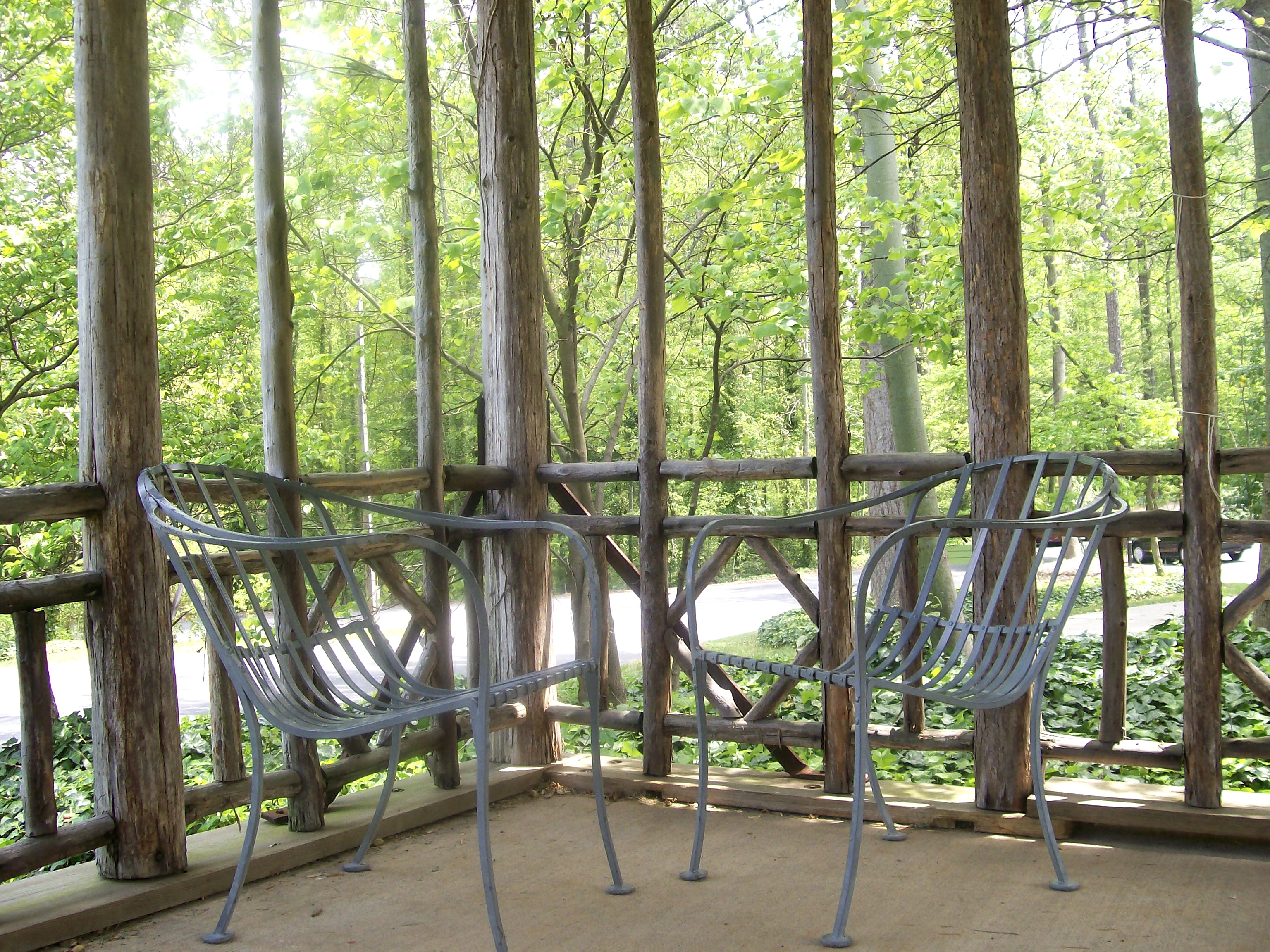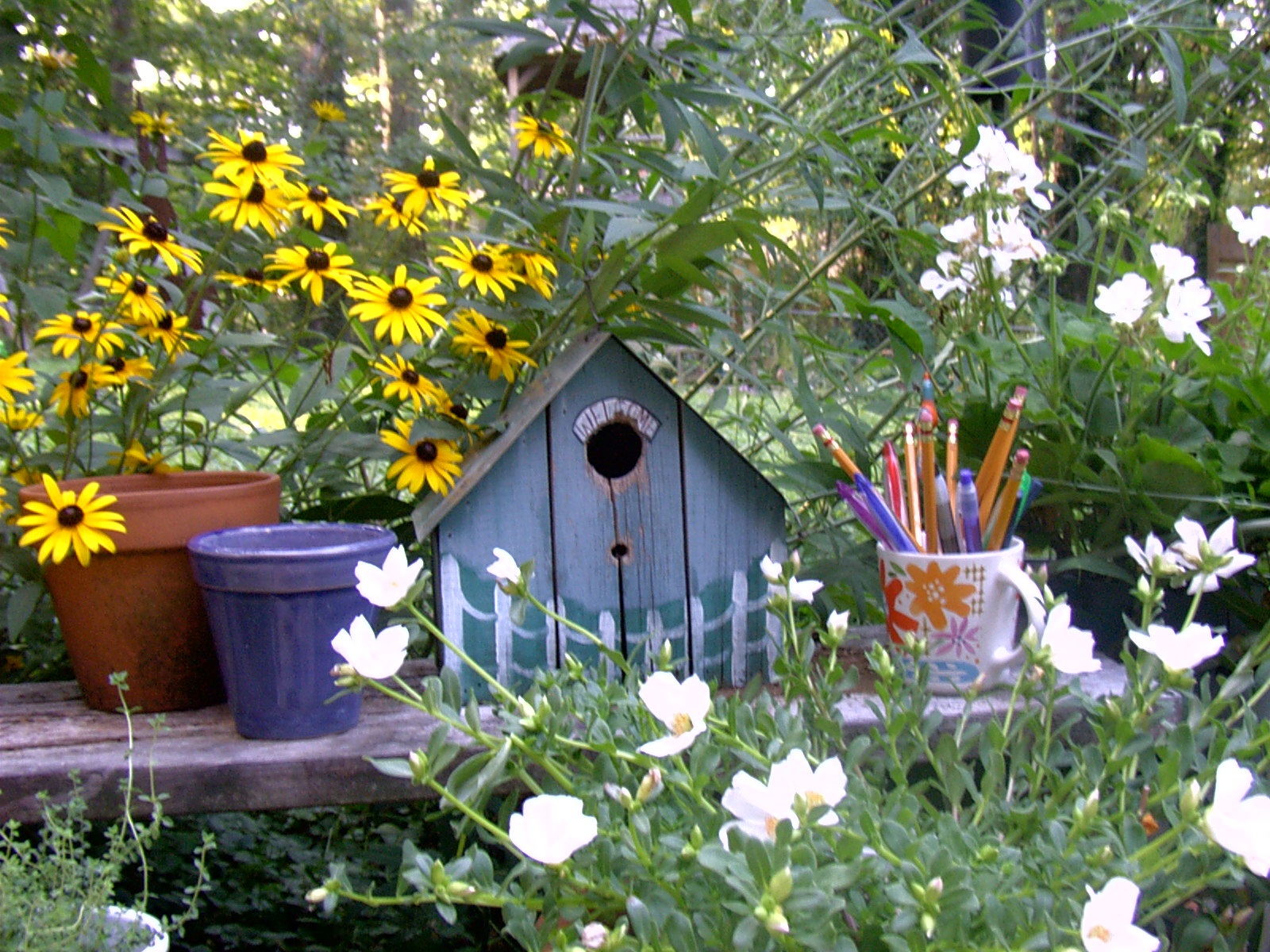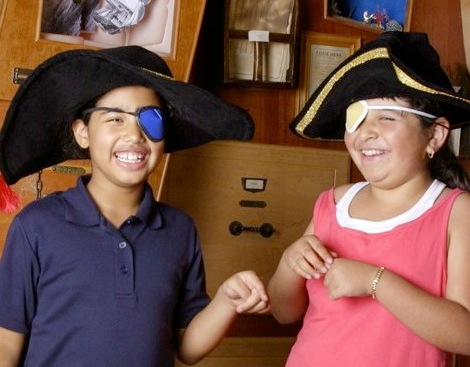HODI: Soldiers of Peace
They will beat their swords into plowshares and their spears into pruning hooks. Nation will not take up sword against nation, nor will they train for war anymore. –from Isaiah, the New International Version of the Bible I’d been intending to feature projects in my healing corridor which primarily promote writing, education and healing, but an email last month prompted me to rethink and expand my definition of healing. After I published my piece on Sakeena Yacoobi at the Afghan Institute of Learning, I got a nice email from Marc Maxson at Global Giving. (His was the site where I’d read a piece on Greg Mortenson’s problematic work in Afghanistan—Maxson was the one to say that Sakeena Yacoobi is the real deal.) In any case, after I wrote about her, he suggested I also take a look at a woman in Kenya, Fatuma Abdulkadir Adan, who runs HODI, the Horn of Africa Development Initiative, a peace center for children in Marsabit, a town in Northern Kenya. She is transforming the lives of young male soldiers in her village AND the lives of young girls kidnapped into marriage by offering them an alternative—football. (or what we here call soccer.) I think the best way to convey a sense of her work is through this excerpt from the Soldiers of Peace video, a documentary which I plan on showing to my students next month. [Update: Alas, the video excerpt from Soldiers of Peace has been removed from YouTube] But I can say that watching the video, I am moved to tears—especially seeing how she navigated when conflict arose among the young men playing soccer. I feel like I have found yet another teacher, and a source of inspiration. If it’s true that a new story can change everything–and I believe it can–then Ms. Adan is changing everything for her village by leading these young people. At the same time, she is leading all of us by example. The old story may be, in many instances, a violent one, but this new story offers a tangible, creative way toward peace. You can learn more about her organization and also donate at Global Giving. You can read about Sakeena Yacoobi’s work with young women in Afghanistan at my healing corridor here. You can read about Marc Maxson’s work with storytelling here and...
read more




